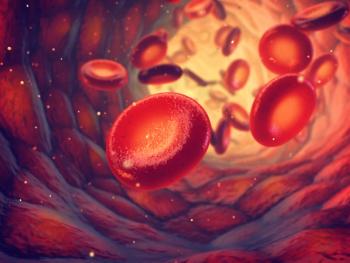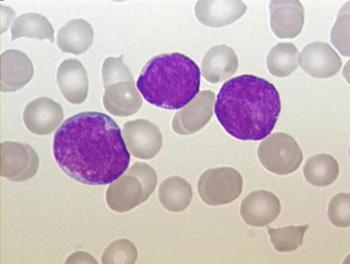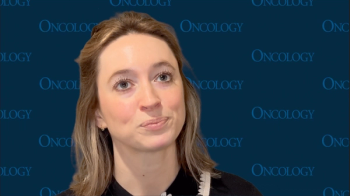
Cilta-cel May Offer Another Path in Previously Treated Multiple Myeloma
Treatment with cilta-cel may give patients with multiple myeloma “more time,” according to Ishmael Applewhite, BSN, RN-BC, OCN.
Ciltacabtagene autoleucel (cilta-cel; Carvykti) may offer “another path” for patients with multiple myeloma apart from standard options including chemotherapy and stem cell transplantation, according to Ishmael Applewhite, BSN, RN-BC, OCN.
Applewhite, a registered nurse at the University of Rochester Medical Center, spoke with CancerNetwork® about findings from the
According to Applewhite, although there is no cure available for patients with multiple myeloma, cilta-cel may nevertheless give patients more time to live. Additionally, he suggested that it may be most suitable to administer the agent in later lines of treatment.
Presented findings from the CARTITUDE-4 trial highlighted an overall response rate of 99.4% in as-treated patients, with 86.4% of this group having a complete response or better as their best response. Across the as-treated population, the 12-month progression-free survival rate was 90%, and the 12-month overall survival rate was 92%.
Transcript:
We have been fighting for a long time to get CAR T cells for [patients with] multiple myeloma. The current standard is doing chemotherapy regimens and preparing [patients] for a stem cell transplant.That is a wonderful standard; cilta-cel offers another path.
It’s not overtaking any of the other treatments because there is no cure. We go from treatment to treatment to treatment in order to find something that gives our patients more time. Cilta-cel offers the chance for a patient to have just that, whether it is the first treatment that they get, or maybe a little bit later on because we tested it after a patient has had several other therapies.
It would be an expensive treatment, so maybe not in the first line, but in some line as an option for our patients. We can give them more time [with cilta-cel] until we continue finding more therapies for our patients.
Reference
Applewhite I, Elfrink G, Esselmann J, Lonardi C, Florendo E, Sidiqi MH. Efficacy and adverse events after ciltacabtagene autoleucel treatment in the CARTITUDE-4 as-treated population consisting of patients with lenalidomide-refractory multiple myeloma who received 1-3 prior lines of therapy. Presented at: 2024 Oncology Nursing Society Congress; April 24-28, 2024; Washington DC.
Newsletter
Stay up to date on recent advances in the multidisciplinary approach to cancer.

















































































